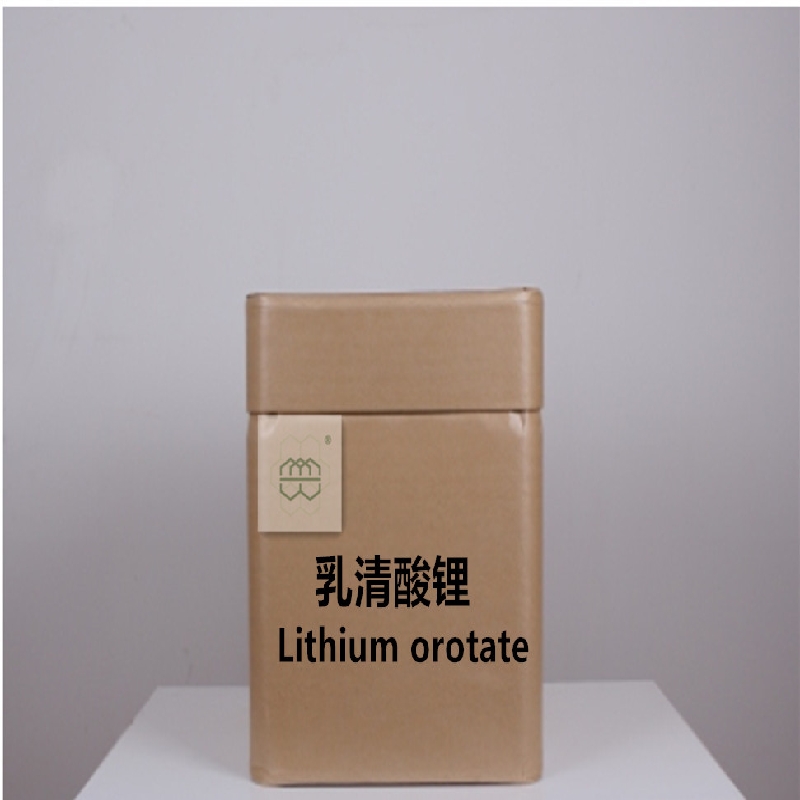-
Categories
-
Pharmaceutical Intermediates
-
Active Pharmaceutical Ingredients
-
Food Additives
- Industrial Coatings
- Agrochemicals
- Dyes and Pigments
- Surfactant
- Flavors and Fragrances
- Chemical Reagents
- Catalyst and Auxiliary
- Natural Products
- Inorganic Chemistry
-
Organic Chemistry
-
Biochemical Engineering
- Analytical Chemistry
-
Cosmetic Ingredient
- Water Treatment Chemical
-
Pharmaceutical Intermediates
Promotion
ECHEMI Mall
Wholesale
Weekly Price
Exhibition
News
-
Trade Service
| "Male Mouse Pregnancy" Paper Stopped Retraction, Related Researchers Analyzed Experimental Significance |
In early June, a research paper "A rat model of pregnancy in the male parabiont" published in the preprint of the online academic journal bioRxiv caused widespread controversy on the topic of "male parabiont"
.
The author of the paper is Dr.
Zhang Rongjia and Professor Liu Yuhuan of the Naval Medical University
.
Preprints refer to scientific research papers, scientific and technological reports, etc.
On July 5, The Paper reporter noticed that Zhang Rongjia had explained and responded to the controversy caused by the paper many times on PubPeer, an academic exchange community
.
In a recent message, Zhang Rongjia stated that "after careful consideration, we have submitted a withdrawal request to BioRxiv
However, in another latest message, Zhang Rongjia said that he has written to BioRxiv to stop the retraction, but he is not sure whether it will stop in the end
.
"We did nothing wrong, just conducted an animal experiment
.
" Zhang Rongjia wrote, but since the publication of the paper, "we have been attacked by a lot of non-scientific discussions, which makes us sad
What exactly did this research paper that appeared on Weibo's hot search?
According to the paper, the researchers constructed a female-male conjoined inbred rat, transplanted the uterus into the male symbiote, and then simultaneously performed the embryo transfer on the female and male symbiont, and finally successfully resolved the transplanted uterus in the male symbiont Ten pups came out
.
The paper introduced the four steps of the experiment: First, the researchers surgically connected the castrated male inbred rats and the female inbred rats to form a pair of heterosexual connection symbioses
.
Second, the researchers performed a uterine transplant on the male symbiont after 8 weeks
Third, after recovery, the blastocyst stage embryos are transferred to the transplanted uterus of the male symbiont and the original uterus of the female symbiont
.
Finally, the embryo matures in the transplanted uterus of the male symbiont and is taken out by laparotomy
At present, this paper has not been officially published and has not been peer reviewed, but "male mouse pregnancy" has aroused widespread discussion, and doubts about the paper continue to appear
.
Some opinions believe that the cost of experimental animals behind the "male mouse pregnancy" is too high, the experimental value is low, and there is a suspicion that it does not conform to ethical standards
.
The reporter noticed that Zhang Rongjia explained the animal ethics on PubPeer, which can be summarized in two points: First, the study minimizes the number of animals used; second, minimizes the suffering of animals
.
"If you read our paper carefully, you will find that we used different receptors during the surgical training phase, and the number of mice used was reduced by 60.
" Zhang Rongjia explained in the message: "All operations are performed under anesthesia.
It is supported by previous literature that the animals did not have painful symptoms such as screaming during the entire experiment
Regarding the value and significance of this paper, the Paper reporter interviewed relevant researchers on July 5th.
The expert believed that the above experiment showed that the transplanted embryos have development in the transplanted uterus of conjoined male symbiont rats with male chromosomes.
The possibility of maturity
.
"This will provide a theoretical basis for uterine transplantation for those special women, such as transgender people (male to female) or patients with androgen insensitivity syndrome, and bring hope to their potential reproductive needs in the future
.
" The expert further stated
Experts explained that the identification of gender in China mainly adopts the identification method of primary and secondary sexual characteristics.
Transgender (male to female) and complete androgen insensitive syndrome (androgen insensitive syndrome, AIS) patients, Although the chromosome karyotype is XY, after surgical removal of the gonads and genital tract plastic surgery, and sex hormone replacement therapy, both the first and second sex characteristics are women, and the law recognizes their female gender and allows them to enter into marriages with men.
Start a family
.
However, due to the lack of a uterus, these two special types of women are unable to give birth.
If they need to give birth to offspring with part of their own genetic information, they can only be surrogate
.
Surrogacy is illegal in China
.
Uterine transplantation has become a possibility for the reproductive needs of this group of people
.
Although this paper cannot solve all the problems in one step, it opens a window to pave the way for subsequent research
.
During the experiment, whether it is reasonable to connect mice together through surgery, the expert explained that conjoined animals are common animal models in scientific research
.
For example, the discovery of leptin was discovered by combining fat mice with thin mice; the discovery of the phenomenon that young blood can "rejuvenate" was discovered by combining young mice with old mice
.
Therefore, there is nothing wrong with surgically connecting castrated male rats and female rats from the perspective of medical research
.
The Paper News reporter learned that after uploading a preprint of this paper, it also received recognition and replies from some international scholars
.
Mats Brannstrom, a professor at the University of Gothenburg in Sweden and the founder of the field of uterine transplantation, believes that this paper is "very interesting and can provide a theoretical basis for uterine transplantation for transgender women or patients with androgen insensitivity syndrome.
" See the publication
.
The research team led by Mats Brannstrom performed the world's first successful uterine transplant and gave birth to a healthy baby in 2014
.







